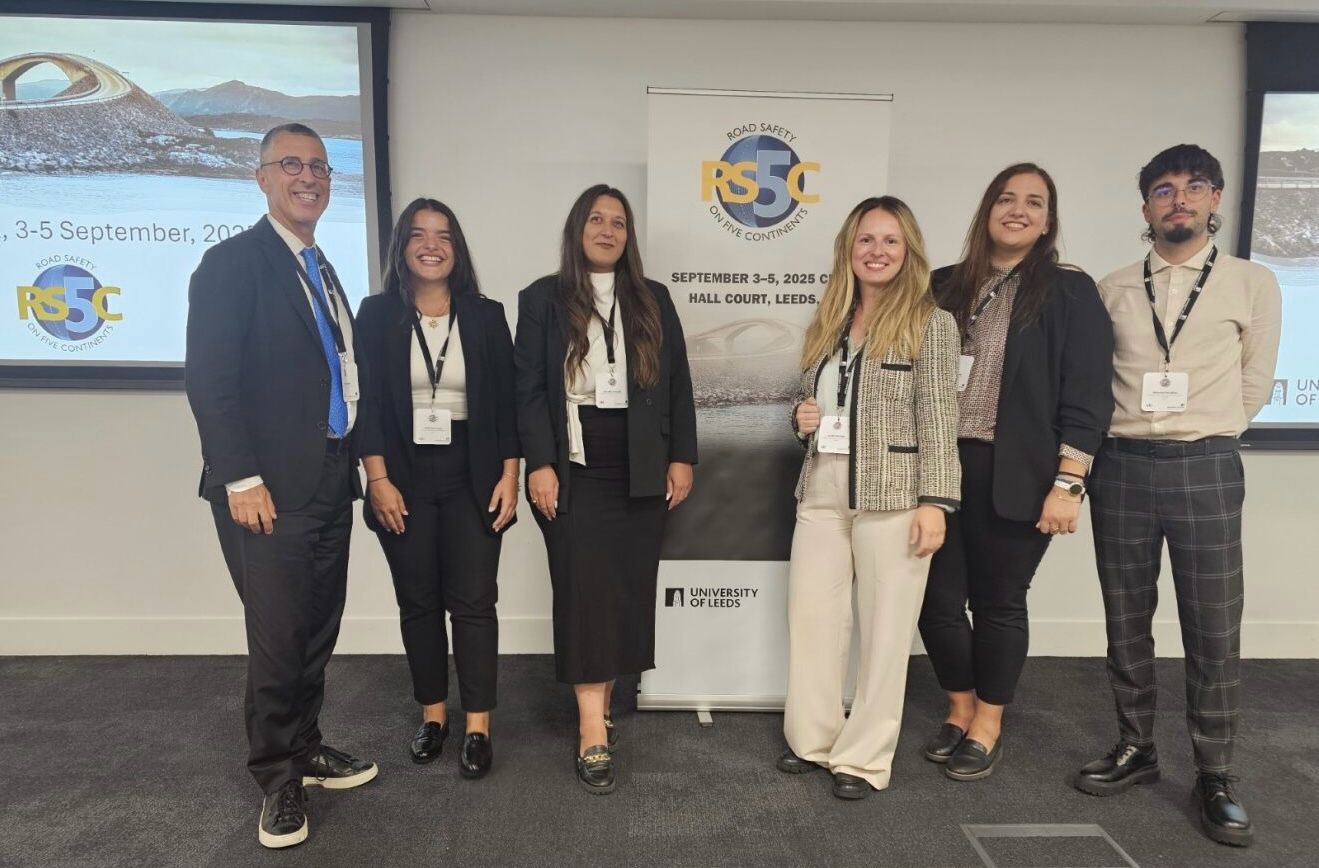At the 20th International Road Safety on Five Continents (RS5C) Conference, held in Leeds from 3–5 September 2025, colleagues from the National Technical University of Athens (NTUA) presented research on predicting pedestrian violations at urban intersections using artificial intelligence.
The study, which is part of the PHOEBE project, addressed the challenge of illegal crossings in Athens, a city with heavy pedestrian traffic but limited monitoring infrastructure. NTUA employed computer vision tools and machine learning to analyse pedestrian behaviour at two key intersections in central Athens.
Using smartphone cameras for data collection, the team applied a video detection framework combining YOLOv8, ResNet-50, and Kalman filtering to track movements relative to crosswalks and traffic lights. This data was then used to train two machine learning models: Random Forest and XGBoost.
Results showed that although XGBoost required more training time, its superior precision and balance across classes make it a more reliable tool for urban safety applications. NTUA emphasised the potential of such models to be integrated into real-time monitoring systems, early-warning tools, and policy evaluations. Future work will expand to include contextual factors such as weather, road layout, and pedestrian demographics, to scale the approach across cities and enhance traffic light compliance.
PHOEBE and NTUA invite you to download the presentation and the full text here.



